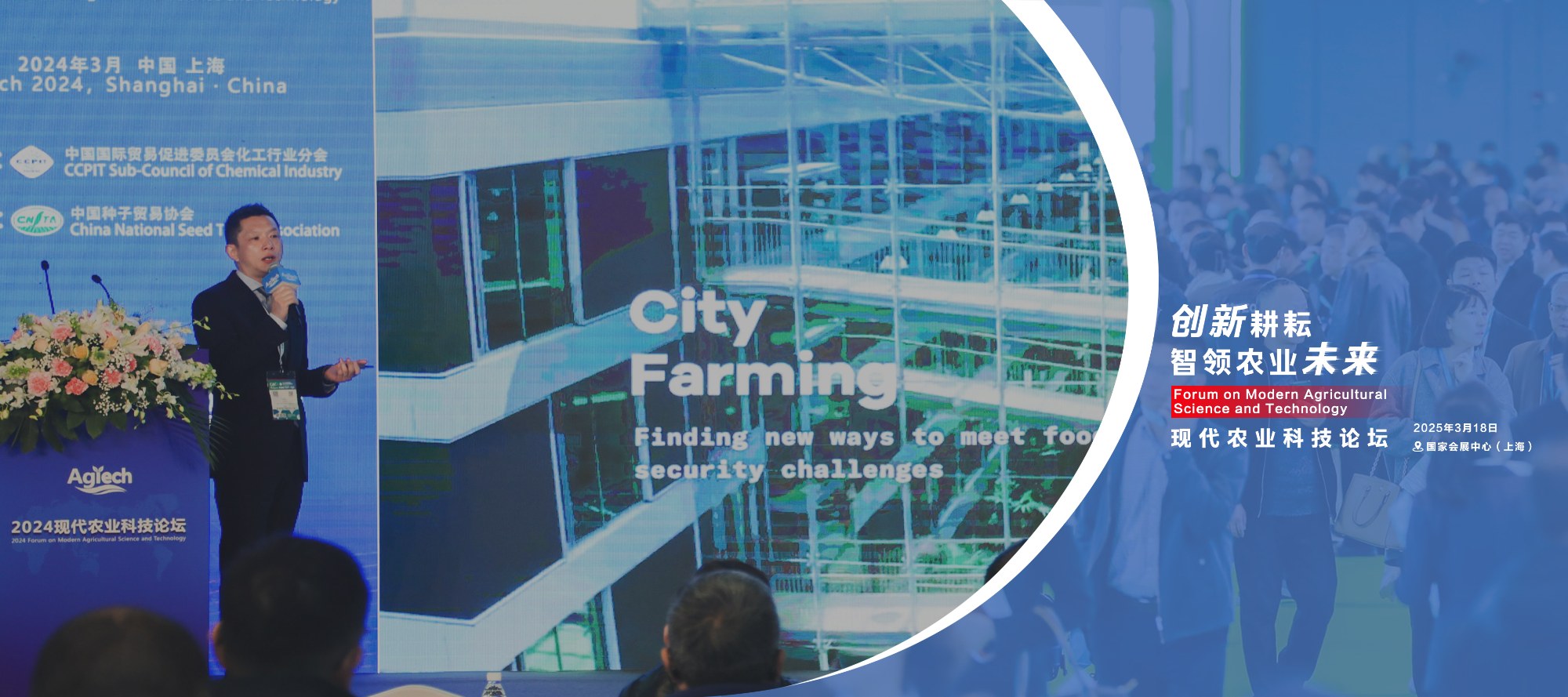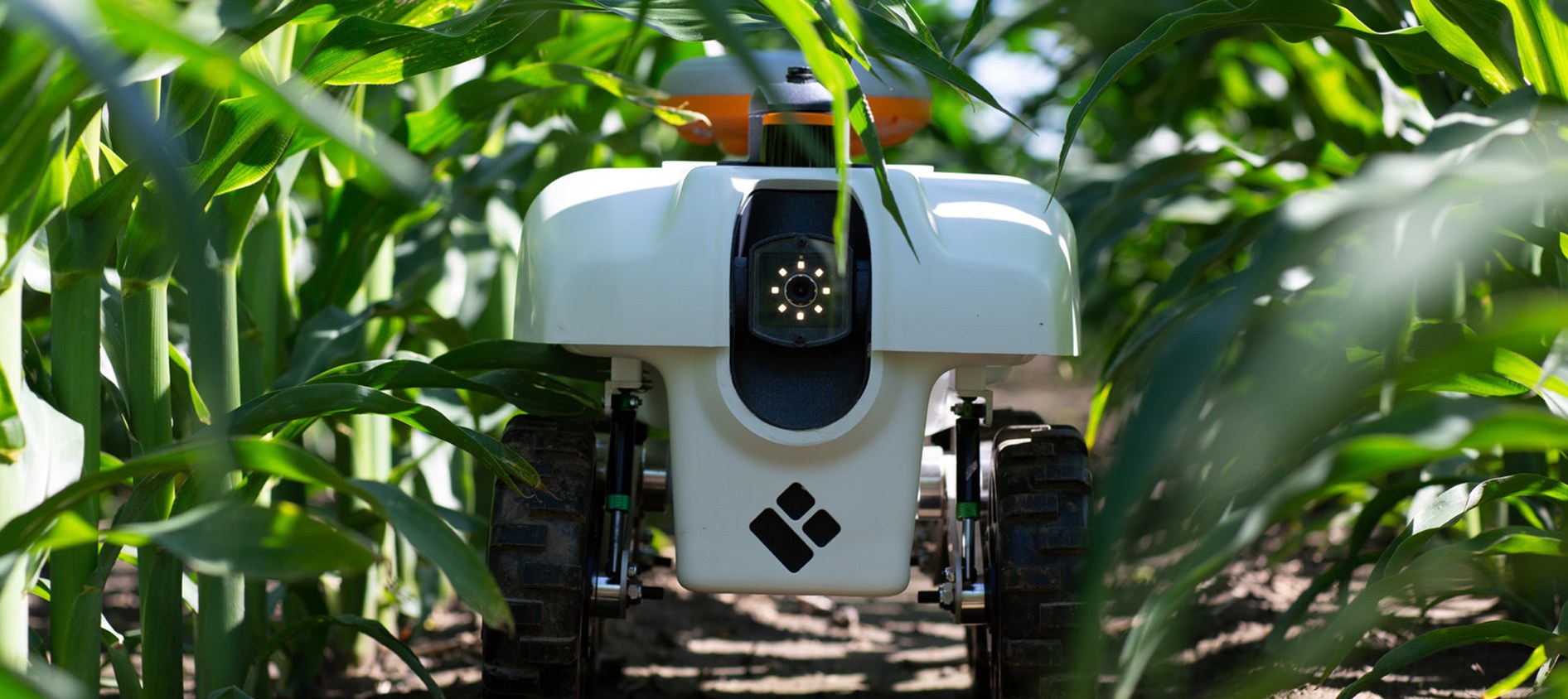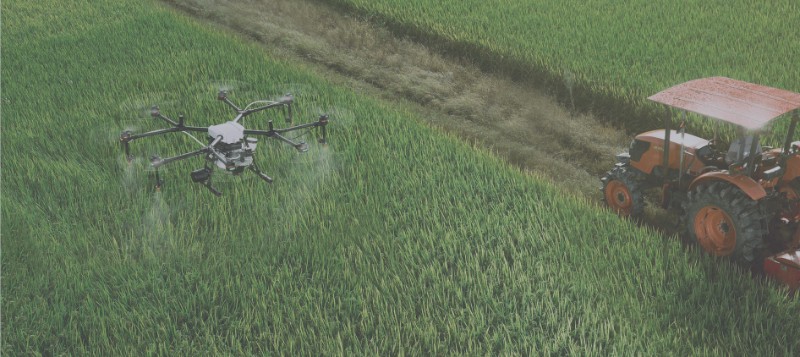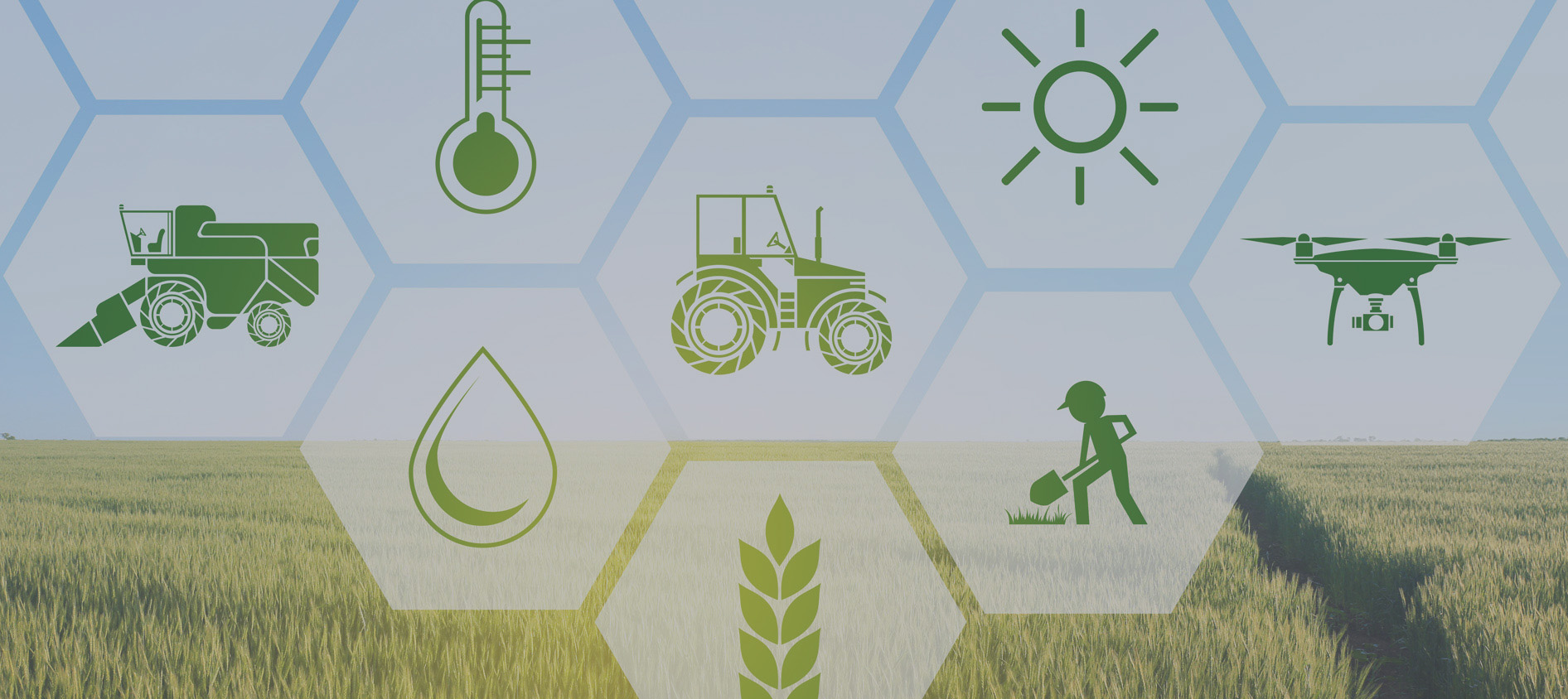The Evolving Landscape: Development and Future of the Horticulture Industry
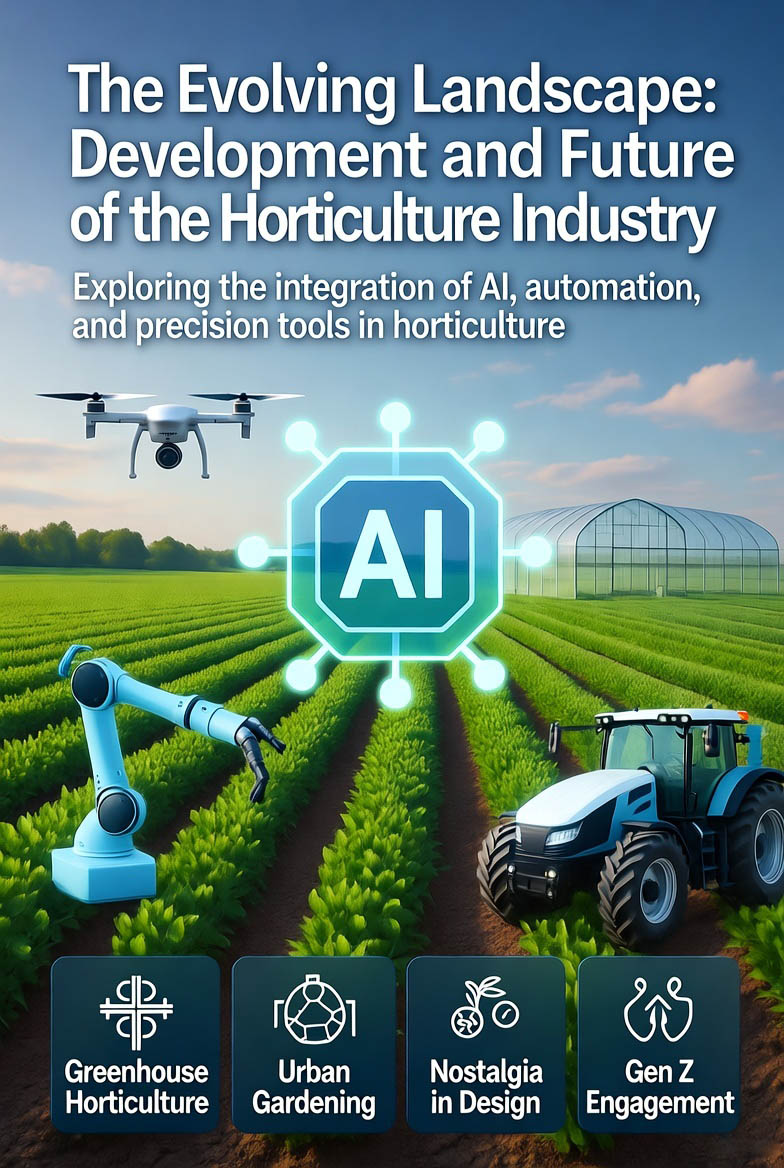
Introduction
Horticulture, the science and art of cultivating plants for food, ornamental, and medicinal purposes, has long been a cornerstone of global agriculture. From sprawling commercial greenhouses to backyard gardens, the industry encompasses fruits, vegetables, flowers, and nursery products. As of 2025, the sector is experiencing robust growth driven by technological innovations, shifting consumer preferences, and a pressing need for sustainable practices. This article explores the industry's development, current trends, challenges, and promising future trajectories.
A Brief Historical Context
The roots of modern horticulture trace back to ancient civilizations, but the 20th century marked significant industrialization with the advent of controlled environments like greenhouses and advanced breeding techniques. Post-World War II, the rise of global trade expanded markets, turning horticulture into a multi-billion-dollar industry. By the 21st century, integration of biotechnology and precision farming accelerated development, setting the stage for today's tech-infused era.
Current Market Dynamics and Growth
The global horticulture market has shown impressive resilience, valued at approximately USD 40.2 billion in 2024 and projected to expand steadily due to rising demand for fresh produce and sustainable landscaping. A key subsector, greenhouse horticulture, reached USD 33.43 billion in 2024 and is expected to grow at a compound annual growth rate (CAGR) of 7.63% to USD 69.73 billion by 2033, fueled by innovations in climate-controlled farming. Similarly, the broader gardening market, closely tied to horticulture, was worth USD 120 billion in 2024 and is forecasted to hit USD 150 billion by 2030, reflecting increased consumer interest amid economic uncertainties. In the U.S., garden center sales in 2025 are only 3.9% behind 2024 levels, far surpassing pre-2020 figures despite challenging weather. The green industry anticipates stable to moderate growth with rising prices, maintaining comparable sales volumes into 2025.These figures underscore horticulture's role in food security and economic stability, with emerging markets in Asia and Africa contributing significantly to global expansion.
Key Trends and Technological Advancements
2025 is shaping up as a pivotal year for horticultural innovation, with several trends reshaping the industry. Consumer behavior is evolving, particularly among younger generations: 65.4% of Gen Z and 47% of Gen Y reported increased gardening time in 2024, with 69.2% of Gen Z and 51% of Gen Y planning further expansions in 2025. Nostalgia-driven gardening, such as heritage varieties and memory-making landscapes, is booming, with 50% of Gen Z spending 50% more time in gardens compared to 2023.Technologically, artificial intelligence (AI), automation, and precision tools are at the forefront. AI-powered farming is projected to boost crop yields by up to 30% globally in 2025, while over 60% of farms are expected to adopt automation. Innovations include sensor-based technologies for real-time monitoring, robotics for weeding and harvesting, and advanced plant factories that reduce energy input and CO2 emissions. Horticulture lighting, a critical enabler for indoor growth, is set to reach USD 25 billion by 2031, growing at a 17% CAGR from 2024. Events like GreenTech Amsterdam 2025 highlight these advancements, connecting global stakeholders in sustainable horticulture. Other trends include urban gardening, "gardens under glass" for indoor cultivation, and influencer-driven designs, as outlined in the Pennsylvania Horticultural Society's Top 10 Gardening Trends for 2025.
Trend | Description | Impact |
Gen Z Engagement | Increased time and spending on gardening | Drives market growth; 46.2% of Gen Z plan higher spending in 2025 greenprofit.com |
AI and Automation | Yield boosts via precision tech | Up to 30% productivity increase farmonaut.com |
Nostalgic Designs | Heritage plants and memory-focused spaces | Appeals to emotional consumer needs greenhousemag.com |
Indoor/Urban Focus | Greenhouses and vertical farming | Addresses space constraints in cities phsonline.org |
Challenges: Navigating Climate Change and Sustainability
Despite optimism, the horticulture industry faces formidable hurdles, particularly from climate change. Rising temperatures, erratic rainfall, and extreme weather events are altering growing seasons, causing heat stress, and disrupting phenology in crops. These abiotic stressors, including floods and droughts, threaten production quality and biodiversity, with unsustainable practices exacerbating pollinator loss and soil degradation. In 2025, increasing climate risks rank among top concerns, alongside cybersecurity threats to connected technologies and rising operational costs like commercial auto insurance.
Sustainability remains a dual-edged sword: while it drives innovation, high energy costs for greenhouses and adaptation to changing patterns pose barriers, especially for smallholders. A 2024 guide from the Scottish Environment Protection Agency emphasizes practical adaptation steps for businesses, such as resilient crop selection and water management.
Future Outlook
Looking ahead, the horticulture industry's development hinges on integrating emerging technologies with eco-friendly practices. Protected cultivation and vertical farming will mitigate climate impacts, while global events like GreenTech 2025 foster collaboration. Projections indicate continued market expansion, with greenhouse segments leading at CAGRs above 7%. Emphasis on regenerative agriculture and biodiversity will define sustainable growth, ensuring the sector not only thrives but also contributes to planetary health.
Conclusion
The horticulture industry in 2025 stands at an exciting crossroads, blending tradition with cutting-edge innovation to meet global demands. From booming consumer trends to tech-driven efficiencies, its development promises economic vitality and environmental stewardship. As challenges like climate change intensify, proactive adaptation will be key to a flourishing future. Whether in vast commercial operations or urban plots, horticulture continues to cultivate hope—one plant at a time.




